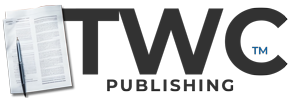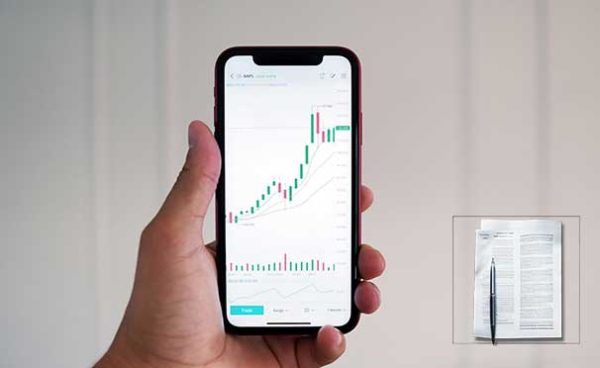Balancing Profit and Integrity
No Fee
| Case ID: | E-XYZ-20230716-1-V1 |
|---|---|
| License: | CC BY-NC-SA 4.0 |
| Pages | 4 pgs |
| Case Study Analysis | Not Included |
| Teaching Notes | Not Included |
| Ai Level | Content co-authored with the OpenAI API |
| Category(s) | Ethics (9/10) |
In this engrossing case study, Sarah, the Sales Director at multinational XYZ Corporation, is confronted with a profound ethical dilemma. She must decide whether to proceed with an aggressive marketing campaign that might blur the line between clever advertising and deceptive marketing. As a defender of the company’s commitment to honesty and transparency, Sarah must balance the immediate allure of significant financial gains against the potential risks of damaging the carefully cultivated reputation of the company. The case explores the multifaceted nature of decision-making in business, prompting readers to delve into issues of ethics, leadership, marketing strategy, and the delicate equilibrium between immediate profit and long-term integrity.
top 5 course categories where this case study would be most applicable, along with a rating out of 10:
- Ethics (9/10): The case primarily revolves around the ethical dilemma faced by Sarah. The ethical questions surrounding honesty, transparency, and integrity are at the heart of the case.
- General Management (8/10): The case involves strategic decision-making, handling various stakeholders, and managing conflicts—core aspects of general management.
- Marketing (7/10): The premise of the case involves a marketing campaign, albeit one with ethical implications. This links it directly to marketing strategy.
- Leadership (7/10): The case focuses on Sarah, a director who must lead her team and company through this ethical dilemma, making it suitable for leadership study.
- Strategy (6/10): Although the case does not delve deeply into strategic formulation or implementation, the necessity of aligning corporate strategy with ethical principles is a core theme.
Weaknesses of This Case Structure
- Lack of Specifics: The case provides an engaging story but lacks specific details about the company, its products, or the proposed marketing campaign. This vagueness might hinder comprehensive analysis.
- Insufficient Data: The case does not provide any quantitative data or projections related to the potential impact of the marketing campaign, making it difficult to assess the potential costs and benefits objectively.
- Single Point of View: The case primarily focuses on Sarah's perspective. While other characters (the CEO, Marketing Director, and Head of Sales) are mentioned, their views are not sufficiently developed.
- Limited Stakeholder Analysis: While the case involves internal stakeholders, the perspectives of external stakeholders such as consumers, regulators, or competitors are not included.
- The Structure: The case lacks a distinct structure in terms of a clear problem statement, analysis, and potential solution areas, which could make the case difficult to analyze in an academic setting.
Strengths of This Case
- Strong Ethical Focus: The case provides a compelling examination of an ethical dilemma, making it an excellent study for ethics-related courses.
- Engaging Narrative: The narrative is well-crafted and engages the reader, thereby encouraging in-depth analysis and discussion.
- Relevance: The topic is highly relevant to contemporary business, where issues of ethics, transparency, and corporate responsibility are increasingly important.
- Interdisciplinary Approach: The case combines elements from multiple fields (ethics, management, marketing, leadership, and strategy), promoting interdisciplinary thinking.
- Realistic Dilemma: The ethical dilemma portrayed is realistic and common in business, helping students relate to real-world scenarios. The case prompts students to reflect on their own values and decision-making processes.





